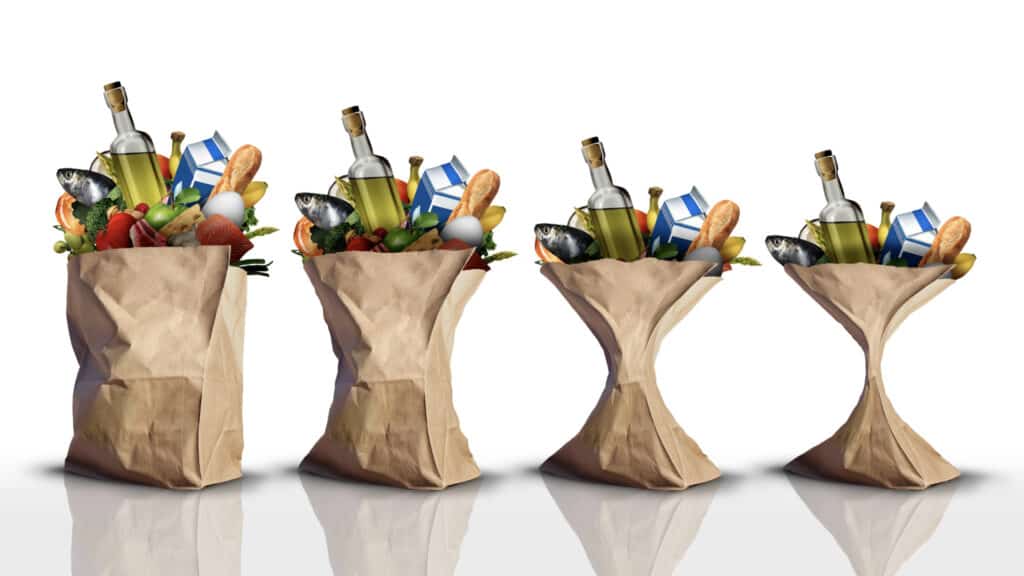Have you noticed that some of your favorite products from the grocery store are getting smaller, but their prices aren't? Welcome to the world of ‘shrinkflation,' where companies subtly decrease the size of their products while keeping prices the same.
It's a sneaky way for them to pass on rising costs without raising eyebrows. From your beloved chocolate bar to the trusty pack of toilet paper, many household staples aren't quite as big as they used to be.
In this blog post, we'll uncover 12 everyday items that have fallen victim to this trend – so sit tight and prepare for a ‘size shock'!
1. Toilet Paper

If you've felt like your toilet paper rolls aren't lasting as long as they used to, you're not imagining things.
Companies are decreasing the weight of toilet paper rolls and sometimes even the number of sheets per roll, all while keeping the price the same. This is a classic example of shrinkflation at work.
You might have noticed the cardboard tube in the middle seems a bit bigger or there's more space in the packaging.
But when it comes down to it, you're getting less for your money. Remember, it's not just about the size of the roll but also the thickness and quality of the sheets.
2. Chocolate Bars
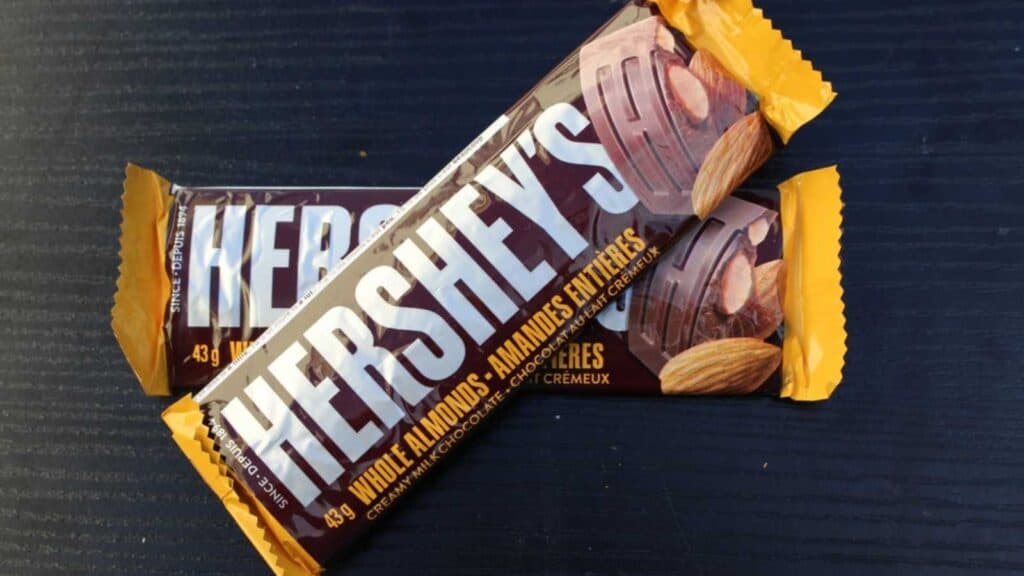
Who doesn't love a good chocolate bar? Unfortunately, these sweet treats are not immune to shrinkflation. Manufacturers are reducing the size of chocolate bars but keeping the prices steady.
So, you might find your favorite bar seems a bit smaller, or perhaps it's thinner than it used to be.
The packaging may look almost the same, and unless you're comparing the old and new bars side by side, you might not even notice the change. But rest assured, you're getting less chocolate for your buck.
3. Pringles Cans
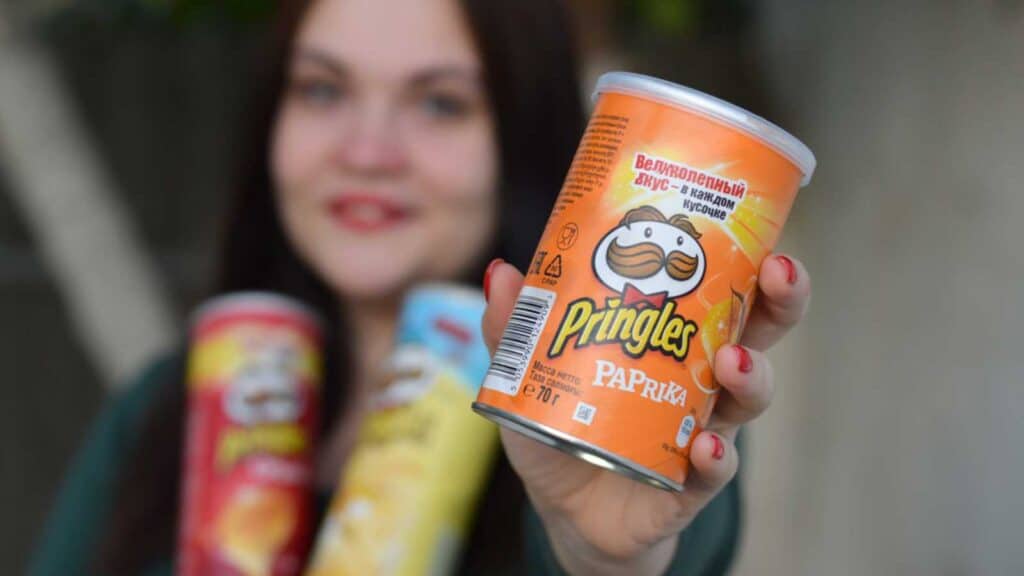
We all love the satisfying crunch of Pringles. But have you ever felt like the can isn't quite as full as it used to be? That's shrinkflation in action – companies subtly reduce the number of chips in each can without changing the price.
The can looks the same, and the chips are just as tasty, but there's less to enjoy. You might not notice the difference unless you're paying attention. But when you crunch the numbers, you get less chip for your buck.
4. Breakfast Cereal Boxes
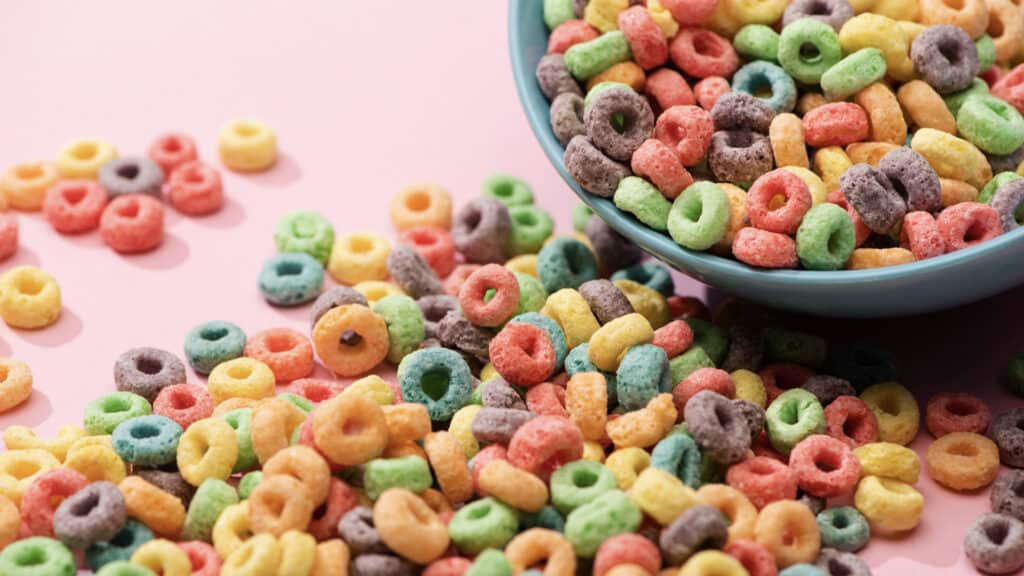
There's nothing like a bowl of your favorite cereal to start the day. But these breakfast staples are also feeling the pinch of shrinkflation. Manufacturers are reducing the amount of cereal in each box but keeping the price the same.
So, your cereal box might look just as big on the outside, but there's less inside for you to enjoy. You might only realize it when your box of cereal runs out faster than it used to.
It's a sneaky way for companies to save money, but you're getting less breakfast bang for your buck.
5. Bags of Chips
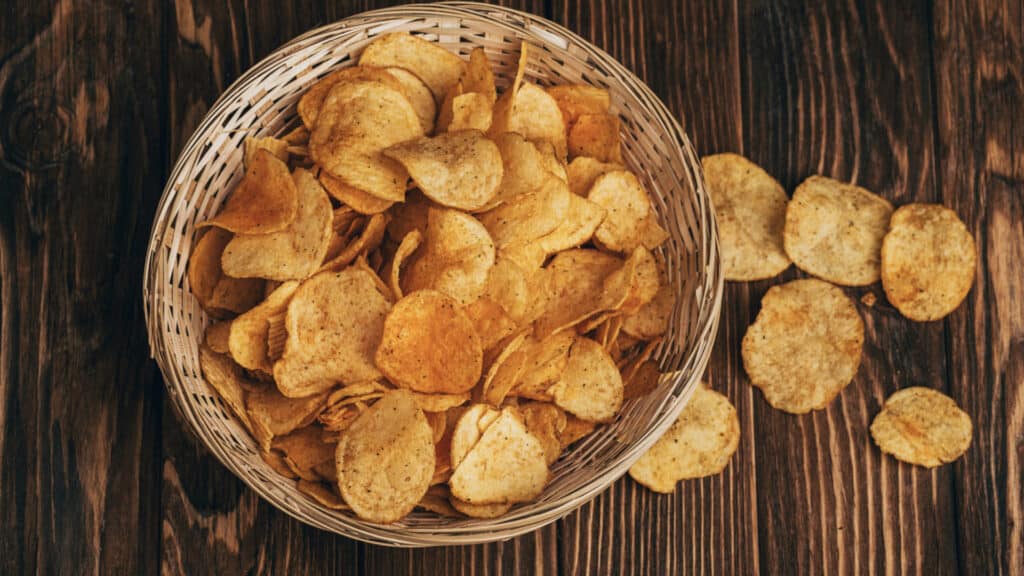
Ever notice how your favorite bag of chips seems to be more air than chips these days? That's because companies are reducing the amount of chips in each bag.
The bag size remains the same, so unless you're weighing each purchase (who has the time for that?), you might not even notice. But when you open the bag and reach in, there's less crunch for your cash.
It's a sneaky way to cut costs without raising prices, but we chip lovers get less bang for our buck.
6. Candy Bars

Now, let's talk about candy bars. Who doesn't love unwrapping a sweet treat? But if you've been feeling like your go-to candy bar isn't quite as satisfying as it used to be, you're probably onto something.
Candy manufacturers have been shrinking the size of their bars but keeping the price the same. They say it's to help control sugar and calorie intake, but it also helps them save money.
So, your favorite candy might look almost the same, but there's less sweetness to savor. It's another example of how shrinkflation is affecting our everyday treats.
7. Coffee Jars
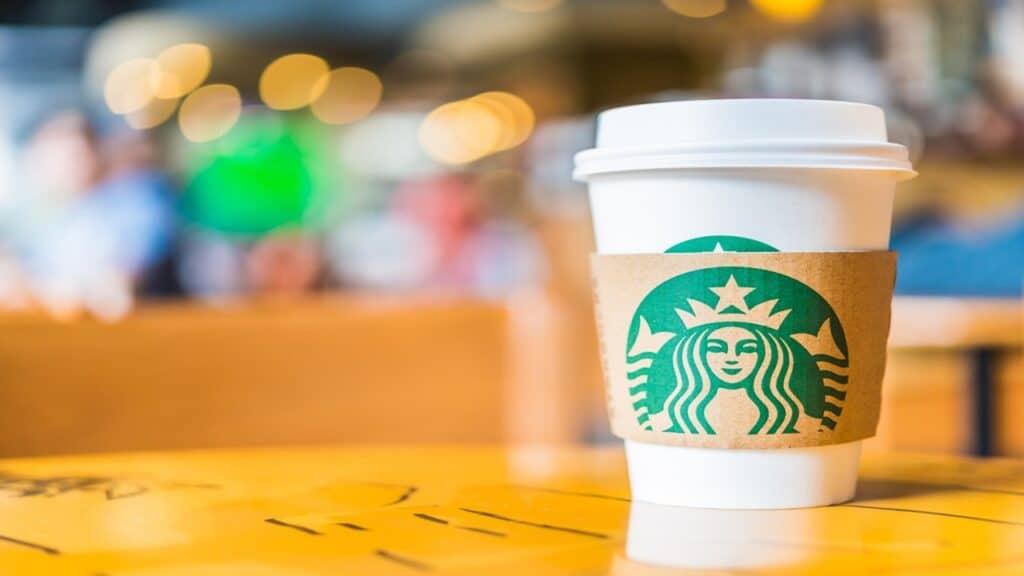
Ever feel like your morning cup of joe doesn't last as long as it used to? That's because coffee companies are sneaking in a little less coffee into each jar while keeping the same price.
The jar looks the same size, and the coffee tastes just as good, but there's less of it inside.
You might only notice when your coffee runs out sooner than usual. It's a sly way for companies to save money, which means we're getting less coffee for our cash.
8. Pasta Boxes
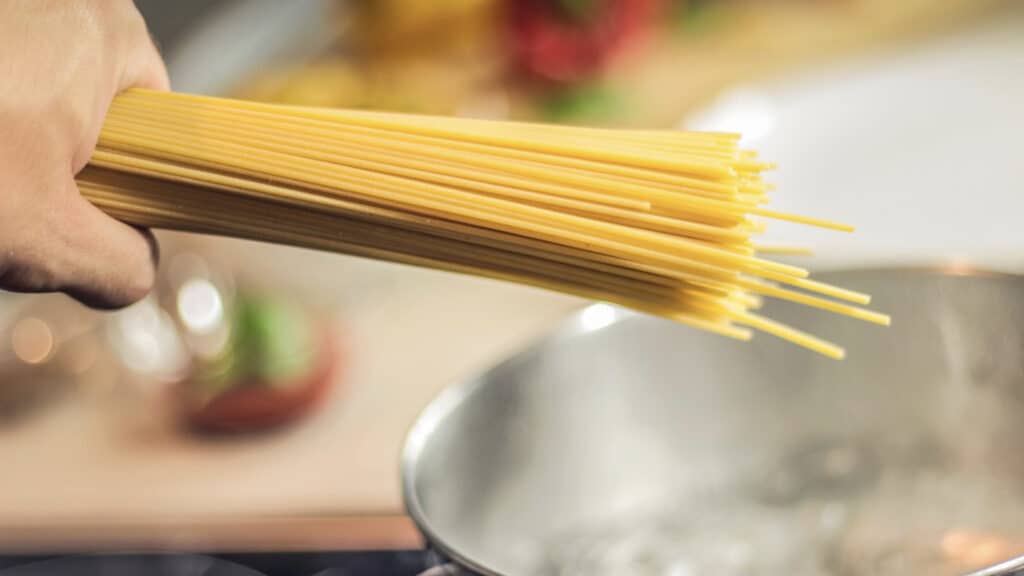
Pasta is a staple in many households, but these boxes are not immune to shrinkflation. Manufacturers put less pasta in each box, but the price stays the same.
So, your pasta box might look just as big on the outside, but there's less inside for you to enjoy.
You might only realize it when your box of pasta doesn't stretch as far as it used to. It's another way companies cut costs without raising prices, which means we're getting less pasta per penny.
9. Ice Cream Tubs

Yes, even our beloved tubs of ice cream are shrinking in size. Some brands have reduced their tub sizes by as much as 25%, all while keeping the price steady.
The packaging may look the same, and the ice cream still tastes delicious, but there's less inside for us to enjoy.
Ice creams are very popular, and people will eat them no matter what, so manufacturers know they can get away with this sneaky tactic.
10. Bottles of Juice
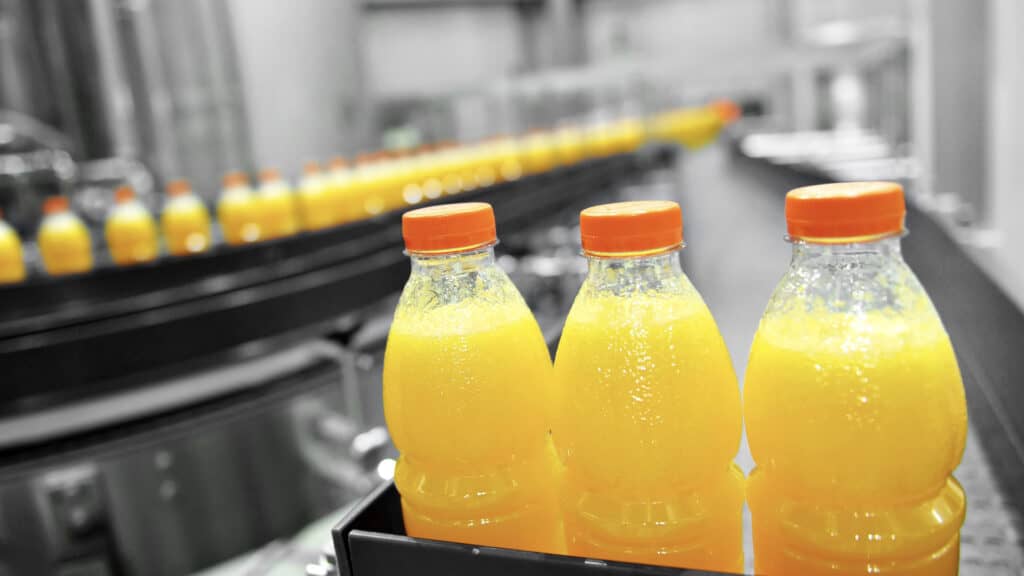
Even though people are opting for healthier drink options, juice bottles are still feeling the effects of shrinkflation.
Juice bottles are very cheap to produce, and manufacturers are making them even more affordable by reducing the amount of juice in each bottle.
The bottles may look the same size, but there's less juice inside. This means we're paying the same price for less refreshing goodness.
11. Cheese Packs
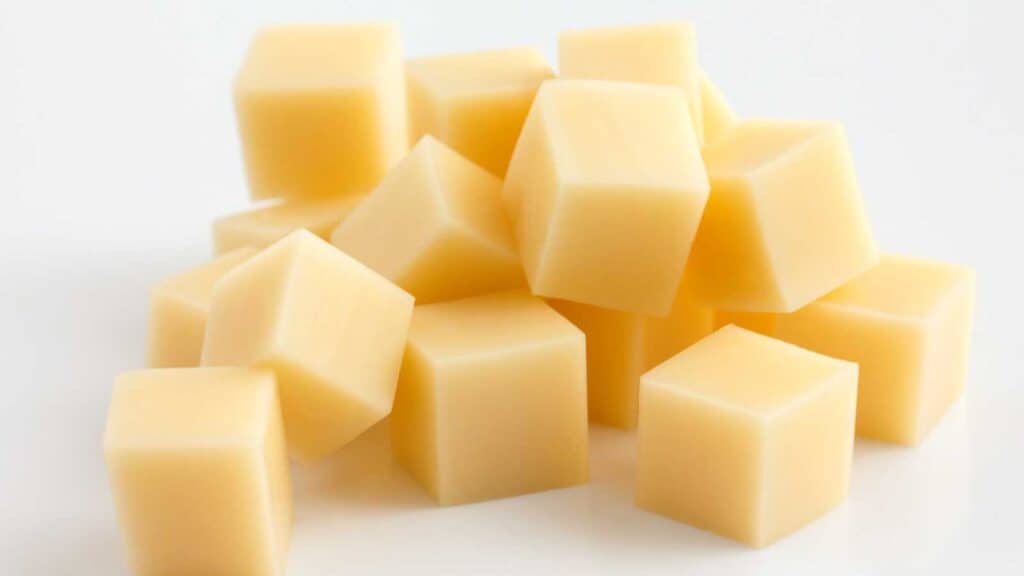
Another popular food item that has fallen victim to shrinkflation is cheese. This sneaky tactic affects our wallets and our meals – we're getting less cheese for our sandwiches, pizzas, and pasta dishes.
So, next time you're at the store and notice your favorite cheese pack seems a bit smaller, remember that shrinkflation is to blame.
12. Soap Bars

No matter the brand, soap bars have become smaller and thinner over the years. It's hard to get noticed because no one weighs their soap bars before buying them.
Manufacturers can save a lot of money by shrinking the size of soap bars, and they're banking on consumers not noticing the change.
The best thing you can do is to compare the weight of soap bars before purchasing and opt for brands that still offer full-sized bars – that way, you'll get more soap for your buck.
Top Products Affected by Shrinkflation
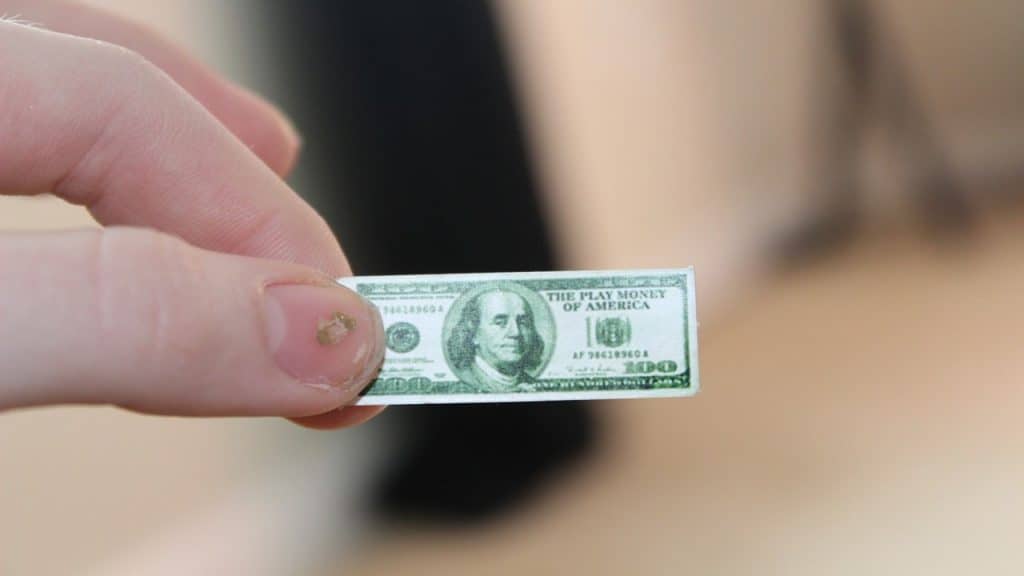
So there you have it! These are the top products affected by shrinkflation. It's important to pay attention to packaging and product sizes because even though the price might stay the same, you could be getting less product for your money. As consumers, staying informed and shopping smartly are essential to us. Don't fall victim to sneaky tactics like shrinkflation – keep an eye out for any changes in packaging or product sizes and make conscious purchasing decisions.
12 Ways to Fight Inflation at The Grocery Store

Are you feeling the pinch at the grocery store checkout line? You're not alone. Rising prices can make the simple act of feeding your family feel like a daunting task. But don't worry! There are innovative strategies to tackle this challenge.
12 Ways to Fight Inflation at The Grocery Store

I’m Steve. I’m an English Teacher, traveler, and an avid outdoorsman. If you’d like to comment, ask a question, or simply say hi, leave me a message here, on Twitter (@thefrugalexpat1). Many of my posts have been written to help those in their journey to financial independence. I am on my journey, and as I learn more I hope to share more. And as always, thanks for reading The Frugal Expat.

